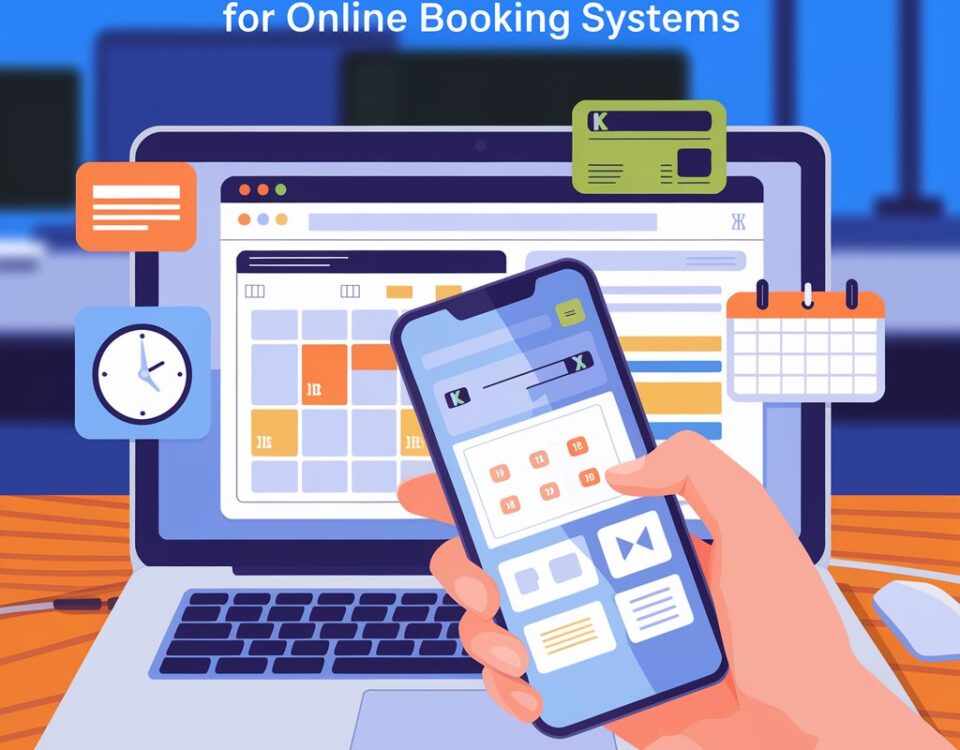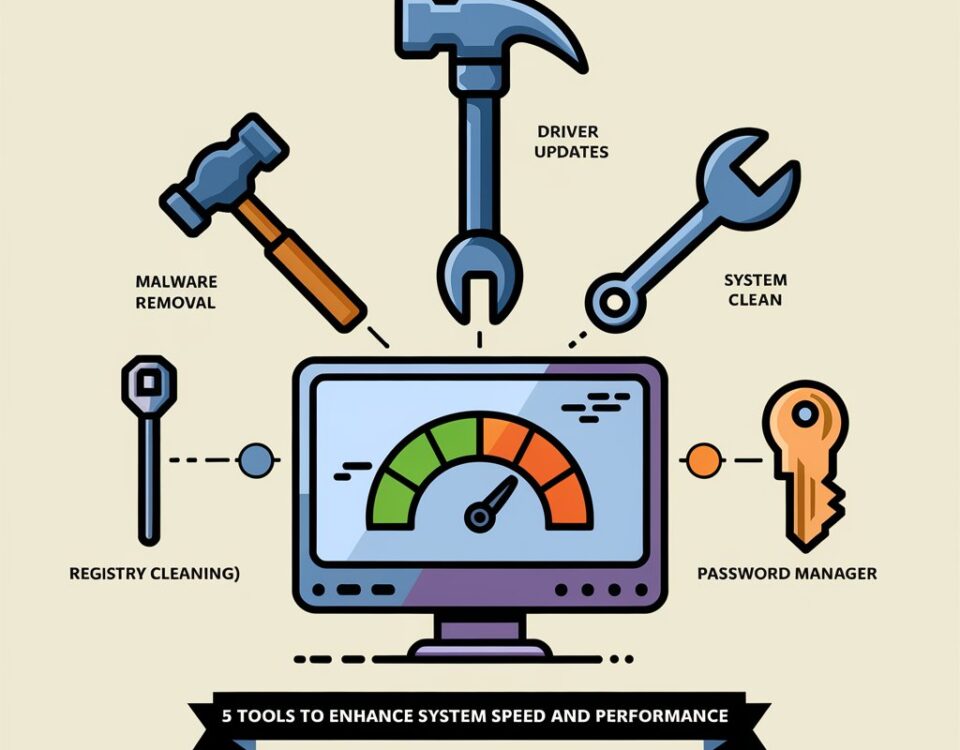
The Importance of Cybersecurity in Daily Internet Use
June 27, 2024
E-Readers vs. Physical Books: Which is Better for Daily Reading?
June 27, 2024How Streaming Services have Changed Environment Consumption
Streaming services have transformed the way we consume entertainment. Traditional cable and satellite TV are no longer the primary sources of media. Platforms like Netflix, Hulu, and Disney+ have made it possible to watch shows and movies anytime, anywhere. This shift has led to significant changes in our viewing habits, industry dynamics, and content accessibility. Streaming services offer convenience, a vast selection of content, and the ability to binge-watch entire seasons. As a result, they have become a dominant force in the entertainment industry.

Changing Viewing Habits
On-Demand Viewing
Streaming services changed entertainment consumption that allow viewers to watch content whenever they want. There is no need to wait for a scheduled broadcast time. This has led to the decline of traditional TV viewing. People can now watch their favorite shows at their convenience, fitting entertainment into their schedules.
Binge-Watching Culture
The ability to watch multiple episodes in one sitting has created a binge-watching culture. Many viewers prefer to wait until an entire season is available before starting a series. This way, they can watch without interruptions. Binge-watching has become a popular way to consume content, changing how shows are produced and released.
Industry Dynamics
Original Content Production
Streaming platforms produce their own original content. This has increased competition among networks and streaming services. Companies invest heavily in creating exclusive shows and movies to attract subscribers. This trend has led to high-quality productions and diverse content offerings.
Decline of Traditional Cable
The rise of streaming services has contributed to the decline of traditional cable TV. Many people are cutting the cord and opting for streaming subscriptions instead. This shift has forced cable companies to adapt and offer their own streaming options.
Content Accessibility
Global Reach
Streaming services make content accessible to a global audience. Viewers can watch shows and movies from different countries, broadening their entertainment options. This has led to increased cultural exchange and exposure to international content.
Personalized Recommendations
Algorithms used by streaming platforms suggest content based on viewing history. This personalization helps viewers discover new shows and movies tailored to their interests. It enhances the viewing experience and keeps users engaged.
Impact on Advertising
Reduced Commercial Interruptions
Streaming services often have fewer ads compared to traditional TV. Some platforms offer ad-free subscriptions. This reduction in commercial interruptions provides a more enjoyable viewing experience. It also challenges traditional advertising models.
Targeted Advertising
When ads are included, they are often more targeted. Streaming services use viewer data to deliver relevant advertisements. This targeted approach can be more effective than traditional TV ads.
Challenges and Future Trends
Content Overload
With so much content available, viewers may feel overwhelmed. Choosing what to watch can become difficult. Streaming services must find ways to help users navigate their vast libraries.
Subscription Fatigue
As more streaming services emerge, viewers face the challenge of managing multiple subscriptions. This can lead to subscription fatigue, where users may cancel services to simplify their viewing options.
Emerging Technologies
The future of streaming will likely involve new technologies. Virtual reality (VR) and augmented reality (AR) could offer immersive viewing experiences. Advancements in AI may further improve personalized recommendations and content discovery.
Conclusion
Streaming services have significantly changed entertainment consumption. They offer on-demand viewing, original content, and global accessibility. These platforms have also impacted industry dynamics and advertising models. As technology continues to evolve, streaming services will likely adapt and introduce new features. Understanding these changes helps us appreciate the evolving landscape of entertainment.




